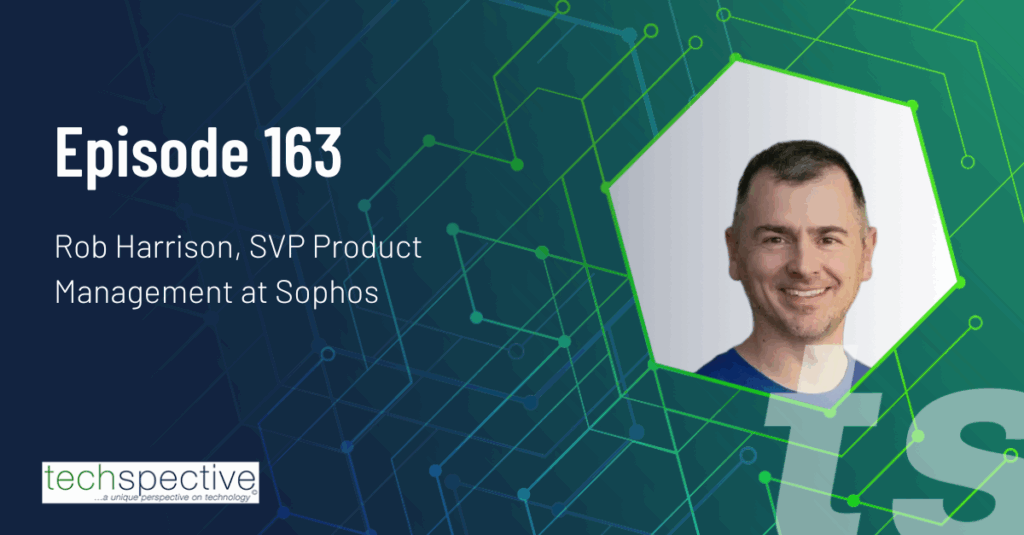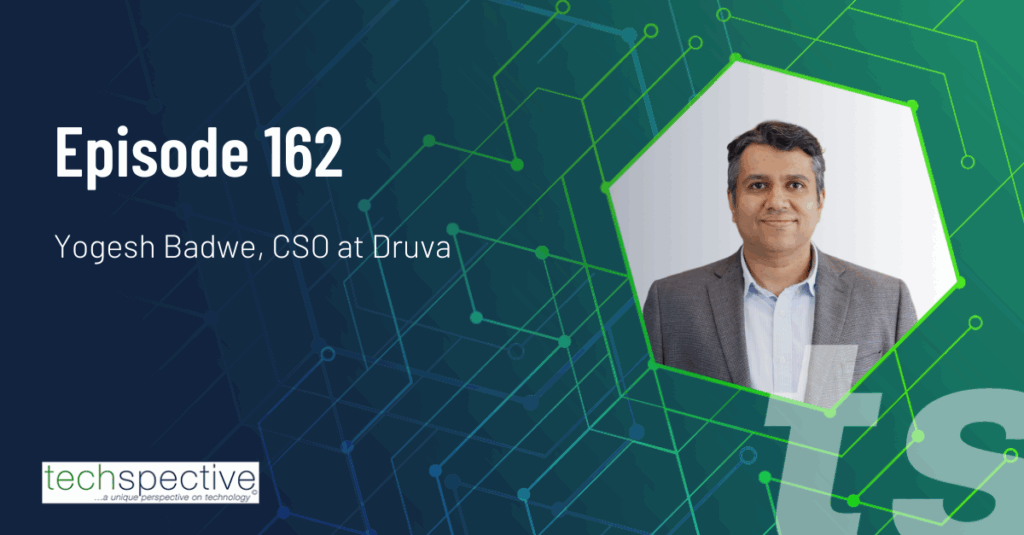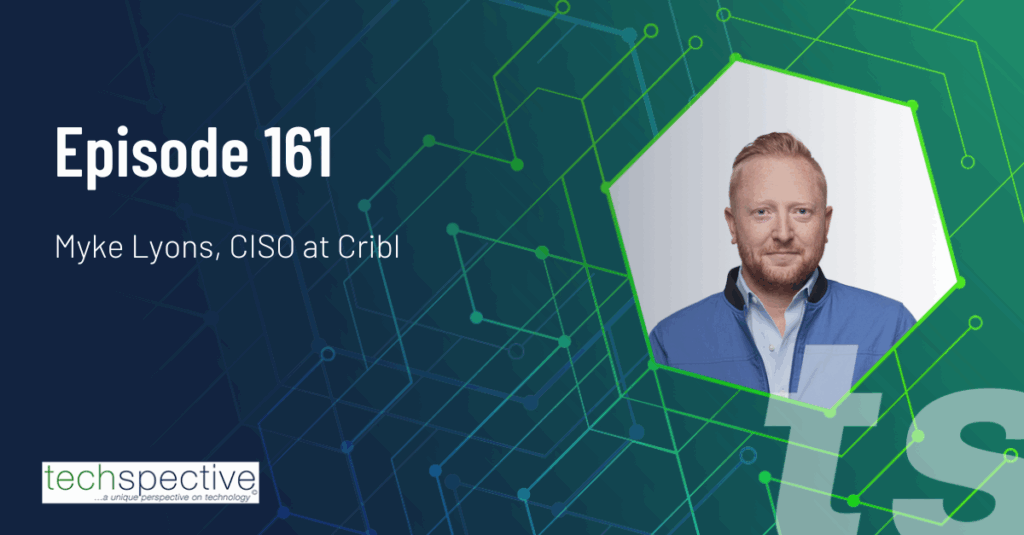Podcast: Play in new window | Download
Subscribe: Apple Podcasts | RSS
Inner Circle Podcast: Episode 009
Scott Scheferman, a Senior Director of Global Services for Cylance, is my guest on this episode of the Inner Circle podcast. Scott and I discuss what predictive advantage is and why it matters in the context of defending networks and systems against emerging malware threats and exploits.
I’ve been a CISSP since 2002 and I used to work as a security analyst and security consultant. I spent a number of years focused on antivirus / antimalware–helping to develop and grow the managed antivirus service at EDS. One of the things that I recognized very early on is that the very concept of antivirus–and much of information security in general–is reactive.
[the_ad id=”4453″]Traditional antivirus / antimalware solutions rely on giving the attacker the first move. There has to be a “patient zero” that gets infected, or some other means of detecting a threat in the wild before there can be a defense against that threat. The antimalware companies capture and reverse engineer the threat to develop a signature that recognizes and blocks it…once the signature is available and deployed on your system. Before that point, you’re still vulnerable. During the lag time between the threat being detected and you applying the appropriate signature, you’re still vulnerable.
That’s where predictive advantage comes in. Cylance takes a proactive approach to identifying and avoiding threats that is completely different than the traditional antimalware model. Rather than being rendered essentially useless until a new signature is developed, Cylance software that hasn’t been updated in months–or years–is still capable of recognizing and detecting emerging threats. That is the predictive advantage that makes Cylance a superior method of defending against malware and exploits.
Listen to the podcast to learn more.
Quick “It’s a small world” side note. Prior to starting the actual podcast, Scott and I were just chatting and I asked him where he is based out of. I assumed it would be somewhere in California–most likely near San Francisco. Nope. He said he is from The Woodlands–a little north of Houston. As it turns out, I am also in The Woodlands–a little north of Houston. Scott and I actually live within 10 minutes of each other. Who knew?
- The Evolving Face of Ransomware — and How We Can Stay Ahead of It - August 15, 2025
- Why We Need to Treat AI Agents More Like Human Employees - August 13, 2025
- Why Data Must Be the Heart of Cybersecurity - August 8, 2025




Comments are closed.